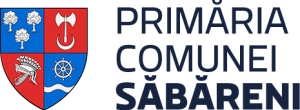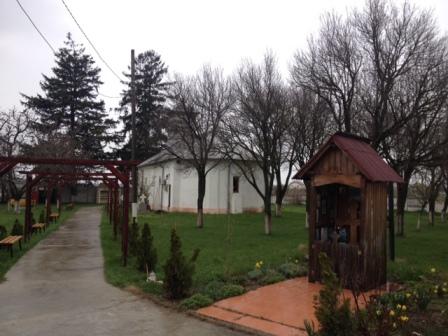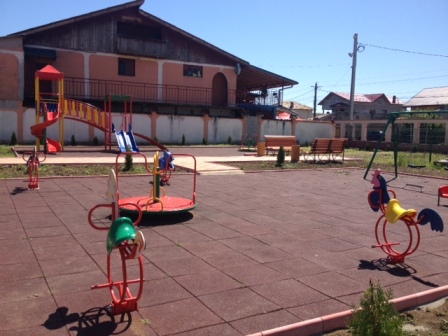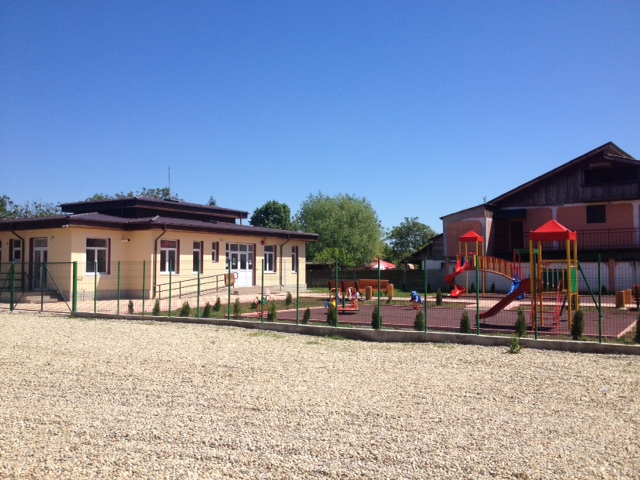- primaria@comunasabareni.ro
- +40 371 195 695
- +40 371 195 700
- Audiență
- Despre noi
- Informații de Interes Public
- Consiliul Local
- Săbăreni
- Contact
- Integritatea Instituțională
- Monitorul Oficial Local
- ALEGERI 2024
- Home
- Săbăreni
- Despre noi
- Informații de Interes Public
- Consiliul Local
- Săbăreni
- Contact
- Integritatea Instituțională
- Monitorul Oficial Local
- ALEGERI 2024
- Home
- Săbăreni
Comuna Săbăreni
Săbăreni este o comună în județul Giurgiu, Muntenia, România, formată numai din satul de reședință.
Comuna s-a format în 1931, când satul Săbăreni s-a separat de comuna Popești-Dragomirești din județul Ilfov.

Comuna s-a format în 1931, când satul Săbăreni s-a separat de comuna Popești-Dragomirești din județul Ilfov.
În 1950, ea a fost transferată raionului Răcari din regiunea București.
În 1968, a revenit la județul Ilfov, reînființat, dar a fost desființată imediat, satul ei trecând în componența comunei Joița.
În 1981, o reorganizare administrativă regională a dus la transferarea comunei Joița la județul Giurgiu.
Comuna Săbăreni a fost reînființată în 2004 prin separarea satului ei de comuna Joița si se află în partea de sud a ţării, în nordul judeţului Giurgiu, la o distanţă de 100 km faţă de reşedinţa de judeţ şi la 20 km faţă de municipiul Bucureşti.
Reţeaua actuală a comunei se compune din următoarele structuri administrative:
- Comuna Săbăreni
Situată în partea de nord a judeţului, comuna Săbăreni se învecinează la sud cu satul Bâcu, la est cu pădurea Buftea, sud-est cu satul Zurbaua, la vest cu comuna Joiţa, la nord cu satul Gulia, la nord-vest cu comuna Cosoba.
Teritoriul administrativ se întinde pe o suprafaţă de 2292,74 ha.
Prima atestare documentară a satului Săbăreni ar fi din timpul lui Vlad Ţepeş (1456) când localitatea se numea Popeşti-Manuc (sursa ,,Istoria Românilor” de Giurăscu).
Satul Săbăreni îşi trage numele de la vechii locuitori care erau păstori pe malurile râului ,,SABAR”, iar în prag de iarnă aceştia se rătrăgeau la casele lor. Mai târziu aceştia s-au înrudit cu cei din Popeşti formând un singur sat – Săbăreni prin jurul anilor 1800.
Biserica Popesti-ManucSe povesteşte că în jurul anului 1750 în acest sat exista o mănăstire de călugări sub numele de Sfânta Ecaterina. Această înformaţie este sigură deoarece în anul mântuirii din 1971 au fost scoase cărămizi din locurile unde se indica existenţa Sfintei mănăstiri şi au fost folosite pentru construirea altei manăstiri care deserveau pentru interesul celor din jurul apei Ilfovăţului. Aceasta s-a dărâmat din cauza marelui cutremur din jurul anilor 1800 (nu se cunoaste data exacta).
În perioada anilor 1840-1845 s-a zidit Sfânta Biserică care slăveste numele Domnului nostru Isus Hristos cu hramul de Sfântul Nicolae sub numele de Manuc zidită de proprietarul Stănică Cojocaru şi învelită cu şiţă.
Denumirea de Popeşti-Manuc vine de la stareţul mănăstirii Manuc, temelia acestei manăstiri a fost descoperită în apropierea râului Balcataci la punctul numit ,,Bâlboaca”.
Până la reorganizarea administrativ teritorială din anul 1968 a fost comuna de sine stătătoare după care a intrat în componenţa comunei Joiţa.
Promovarea satului Săbăreni la rang de comună a fost voinţa comunităţii exprimată prin vot la Referendumul organizat la data de 25.05.2003 când majoritatea locuitorilor au votat pentru desprinderea satului Săbăreni de comuna Joiţa.
Conform recensământului efectuat în 2011, populația comunei Săbăreni se ridică la 2.864 de locuitori, în creștere față de recensământul anterior din 2002, când se înregistraseră 2.631 de locuitori.
Majoritatea locuitorilor sunt români (94,83%), cu o minoritate de romi (1,82%). Pentru 3,28% din populație, apartenența etnică nu este cunoscută. Din punct de vedere confesional, majoritatea locuitorilor sunt ortodocși (95,11%), cu o minoritate de evanghelici (1,12%). Pentru 3,25% din populație, nu este cunoscută apartenența confesională.
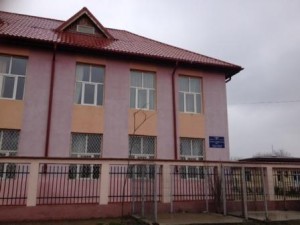
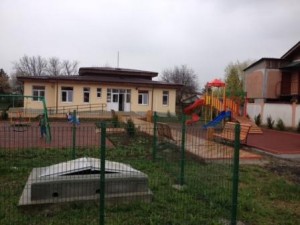

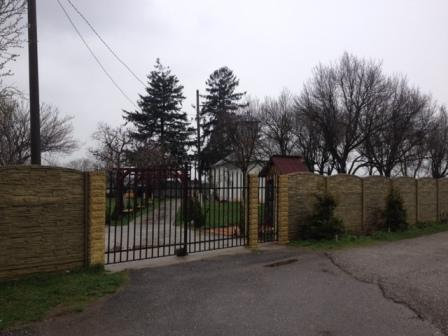
În perioada anilor 1840-1845 s-a zidit Sfânta Biserică care slăveste numele Domnului nostru Isus Hristos cu hramul de Sfântul Nicolae sub numele de Manuc zidită de proprietarul Stănică Cojocaru şi învelită cu şiţă.
- Str.Teilor nr.1, Comuna Săbăreni, Județul Giurgiu
- +40 371 195 695
- +40 371 195 700
- primariasabareni@yahoo.com
